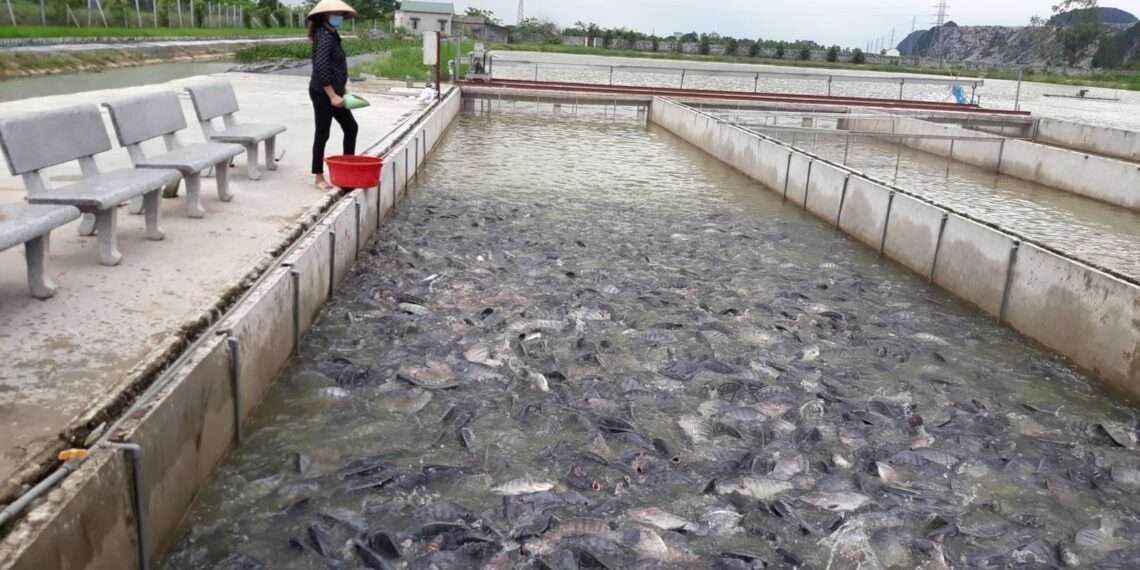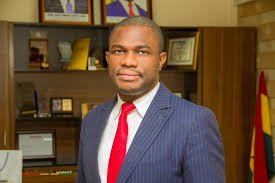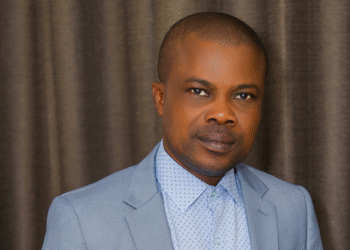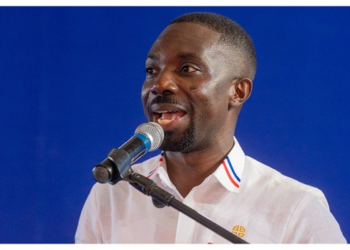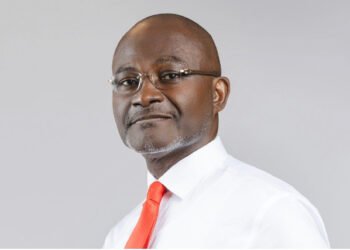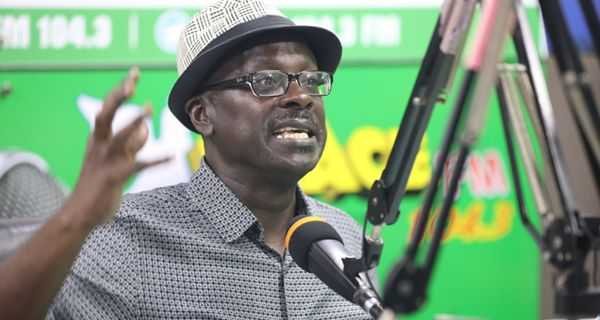Fish farming is an industry that requires a careful balance between cost and care for the livestock. Mr. Evans Danso, a seasoned fish farmer, has shared insights into the fundamental requirements and cost factors involved in starting and maintaining a fish farm.
Mr. Danso emphasized the importance of understanding the needs of the fish rather than focusing solely on the initial budget. In his conversation, he provided a practical guide for prospective fish farmers while urging caution for those unfamiliar with the complexities of the trade. According to Mr. Danso, the success of any fish farm hinges on several critical factors, particularly the management of water quality, feed, and the fish themselves. He stressed that, the scale of the operation should align with the farmer’s budget and goals, but the farmer must always keep the needs of the fish as the top priority.
“You have to manage the quality of the water, manage the feed, and the fish itself. So, it depends on the scale that you want, and then you choose which kind of budget to go with. You can have low-budget solutions.”
Mr. Evans Danso a seasoned fish farmer
This approach highlights the flexibility of fish farming, where one can choose a budget based on the scale of operations. The fish will require certain conditions, regardless of the farmer’s financial plans.
Budget Realities: The Fish Dictates the Cost
One of the most thought-provoking points Mr. Danso made is that, the fish do not conform to a budget. Fish farming is unique in that, the livestock effectively becomes the farmer’s “boss.” The needs of the fish dictate the cost, rather than the farmer’s available resources. “Whatever cost you have in mind to start your fish farm, the fish doesn’t have a copy of your budget,” he warned. When asked what the minimum cost to start a fish farm would be, Mr. Danso emphasized that, the minimum will be what the fish wants.
Common Mistakes: Farming the Fish ‘Your Way’
Mr. Danso acknowledged that, many prospective farmers are eager to have exact figures for their initial investment. However, the reality is that these numbers depend largely on the scale of the farm and, most importantly, on the fish’s needs.
“…They want to farm the fish their way instead of farming the fish the way of the fish.”
Mr. Evans Danso a seasoned fish farmer
This fundamental lesson in fish farming revolves around listening to the fish and meeting their requirements rather than dictating conditions based on personal expectations or financial limitations. Although Mr. Danso resists giving a definitive cost without context, he provided a basic breakdown of the expenses involved in fish farming for those who need a starting point.
“For every 1,000 kilos of fish that you’re going to produce, you’re going about 1,600 kilos of feed on average, and that’s going to come between 16,200,000 cedis. For every kilo of fish that you produce, that means that it’s going to take between 16 cedis to 20 cedis to grow 1 kilo of fish.”
Mr. Evans Danso a seasoned fish farmer
This information allows prospective fish farmers to calculate the potential costs based on the size of their operations. The key is understanding that the cost per kilogram of fish is heavily influenced by the feed, which is a substantial part of the overall expense.
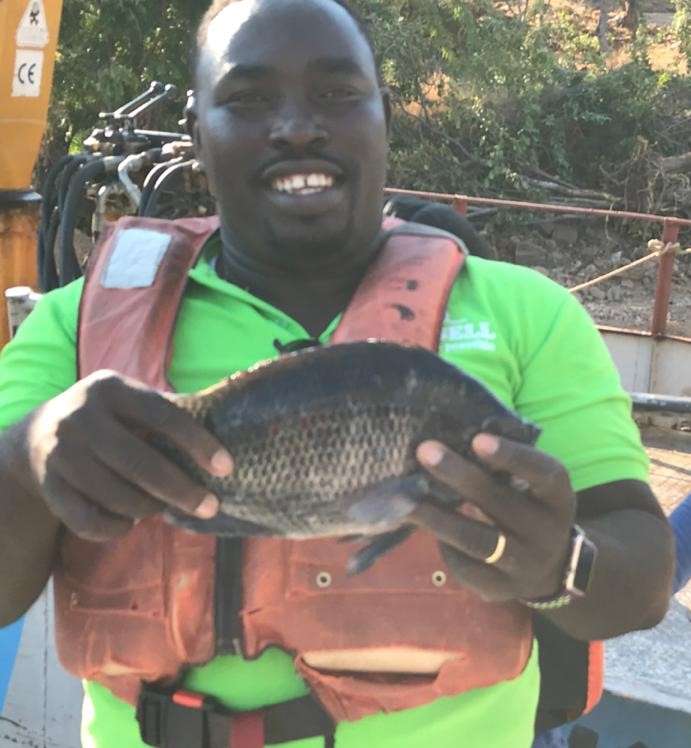
Mr. Danso advised those with money investing in fish farming to carefully consider whether they are prepared to prioritize the fish’s needs over their financial goals. Mr. Danso stressed that, fish farming is not just about putting money into a project; it is about respecting the biological and environmental demands of the fish.
“If you want to grow two fish, if you want to grow a thousand fish, if you want to grow ten thousand fish, you can do the math from there, bearing in mind the requirements of the fish, not what you think you can do.”
Mr. Evans Danso a seasoned fish farmer
Ultimately, Mr. Danso’s guidance is a blend of practical cost considerations and a philosophy centered on respecting the natural processes involved in fish farming. For anyone looking to start a fish farm, the most critical takeaway is that the fish—not the farmer—set the rules when it comes to cost and care.
READ ALSO; Songwriting, Composition Both Divine Gift and Learned Skill


